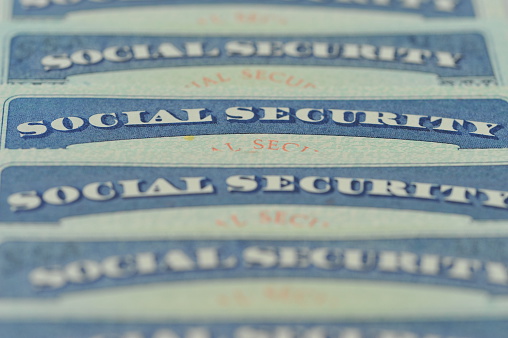A Look Back at How Social Security Began
Broadly speaking, the program known as Social Security was initially proposed by Franklin D. Roosevelt’s Committee on Economic Security in June 1934. The goal of the committee was to develop a comprehensive social insurance system covering all major personal economic hazards with a special emphasis on unemployment and old age insurance.
The stock market crash of 1929 and subsequent bank failures had destroyed the value of many Americans’ retirement savings and plunged the country into the Great Depression. By some estimates, poverty rates among senior citizens exceeded 50 percent. The committee’s legislative recommendations were presented to the president in January 1935, introduced to Congress for consideration (as part of the Second New Deal), and signed into law on August 14, 1935.
Initial responsibility for the development of the organization and management of services fell to the Social Security Board (SSB) —an independent agency that evolved into a sub-cabinet level program under the Federal Security Agency (FSA) in 1939.
The FSA was responsible for a number of social programs including the Public Health Service, the Office of Education, the Civilian Conservation Corp, and the U.S. Employment Service. The president’s reorganization “Plan No. 2,” effective in July 1946, abolished the SSB and placed its functions under the newly established Social Security Administration (SSA), which remained under FSA. In 1953, President Eisenhower abolished the FSA and created the Department of Health, Education, and Welfare (HEW), thus moving the SSA to this new cabinet agency. HEW was replaced by the Department of Health & Human Services in 1980, but the SSA was ultimately returned to its original status as an independent agency by President Clinton in 1995—exactly 59 years and one day after FDR signed the original Act.





